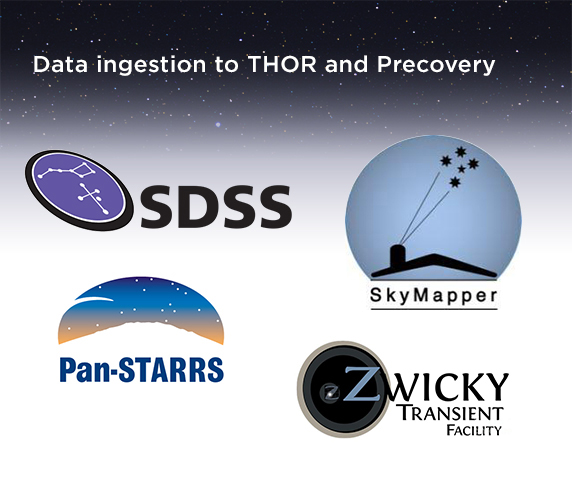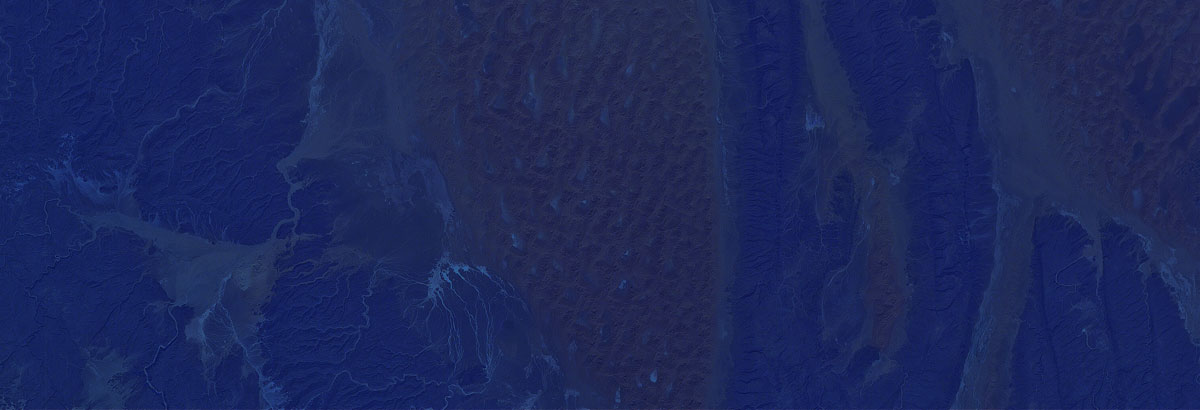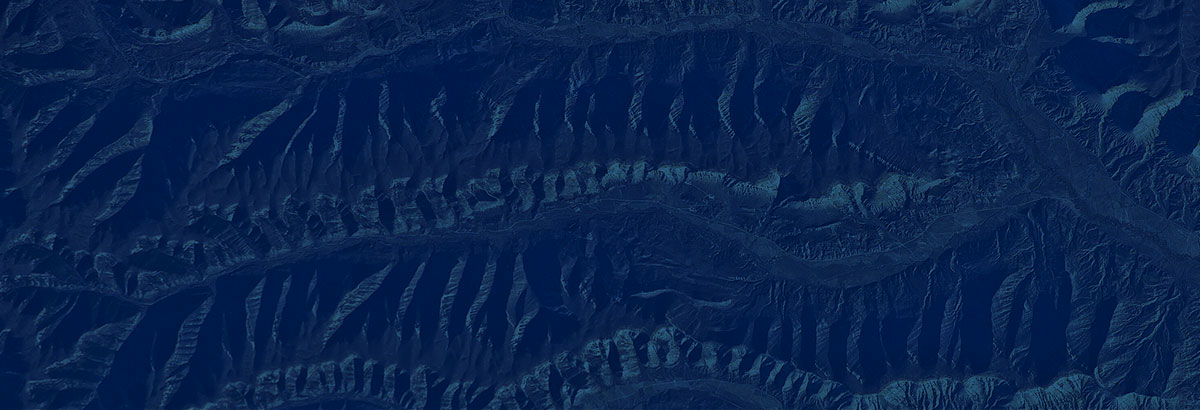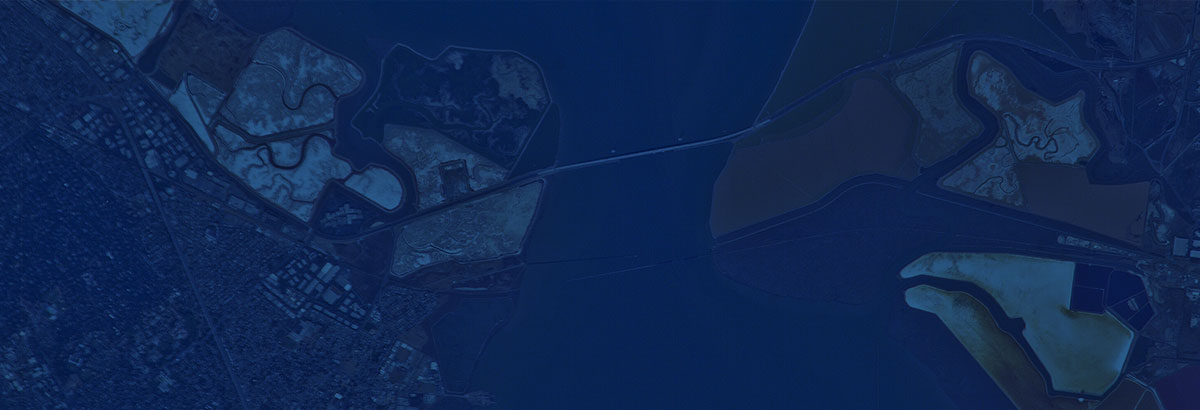Asteroid Institute Expands Database
September 22, 2022
Huge Amounts of Data Ingested Thanks to UW Interns
by Nate Tellis
One of the things that has made the Asteroid Institute’s work possible is the availability of excellent photometric catalog data from high-quality surveys performed over the last decades. The asteroid discovery work done by the Asteroid Discovery Analysis and Mapping (ADAM) platform team has made extensive use of the NOIRLab Source Catalog (NSC). This is a composite dataset containing observations from various observatories, notably on DECCam at CTIO in Chile. The team relies on NOIRLab’s image cutout service to provide the candidate images generated by our Precovery service (https://adam.b612.ai/#/precovery) and the data storage and compute resources are provided by Google Cloud.
This summer, as a part of the Asteroid Institute’s ongoing partnership with the University of Washington, a group of seven interns helped us incorporate data from additional observatories into our database. These interns span a range of skill levels, with several undergraduate astronomy and data science students, a visiting post-doc from the University of São Paulo, and a driven local high school student. They have been working over their summer internship to convert a broad range of observational catalogs into the format we use to run our Precovery service. We are currently working on incorporating data from:
- Catalina Real-Time Transient Survey (CRTTS)
- Zwicky Transient Facility (ZTF)
- Minor Planet Center’s Isolated Tracklet File
- Sloan Digital Sky Survey
- Pan-STARRS
- SkyMapper

The additional observations contained in these catalogs will complement the data we have been using from NSC. In addition to providing simply more observations for asteroid discovery and orbit refinement, the additional observatories will provide complementary spatial and temporal coverage (from the observatories’ latitude and the time of the surveys, respectively). Furthermore, working to build a data ingest pipeline for ZTF, a currently active survey, will give the ADAM team a model on which to build the live services required to run on the alert stream of the Vera C. Rubin Observatory’s Legacy Survey of Space and Time (LSST), and be ready for first light which is expected in 2023.
We are excited that a few of the interns have elected to continue to work with the ADAM team on the dataset ingest work through the fall semester. This ongoing effort will allow us to build a normalized observation database, enabling Tracklet-less Heliocentric Orbit Recovery (THOR), Asteroid Institute’s novel algorithm which enables researchers to discover asteroids without tracklets, and Precovery to discover and extend the arcs of orbits on data – not limited to tracklets – across multiple survey datasets. Asteroid Institute is a program of the B612 Foundation.
 Nate Tellis is a Asteroid Institute software engineer working on developing and scaling ADAM services on the cloud, as well as providing clean and clear web and API interfaces for use by the astronomical community. Nate spent several years as a staff scientist with the UC Berkeley Department of Astronomy and holds his Bachelor of Science in Physics and Computer Science from McGill University, Montreal.
Nate Tellis is a Asteroid Institute software engineer working on developing and scaling ADAM services on the cloud, as well as providing clean and clear web and API interfaces for use by the astronomical community. Nate spent several years as a staff scientist with the UC Berkeley Department of Astronomy and holds his Bachelor of Science in Physics and Computer Science from McGill University, Montreal.















